Diciottenni al sole and Ischian Atmosphere
In the Italian film landscape, summer comedies have always held a prominent place. Among the preferred locations to set these stories, Ischia stands out as an icon of Italian summer cinema. Diciottenni al sole, fits into this tradition with freshness and liveliness, bringing to the screen the charm of the Campanian island and youthful dynamics with an irresistibly entertaining touch.
The Enchantment of Ischia on Screen
Ischia, with its sun-kissed beaches and crystal-clear waters, provides the perfect backdrop for a summer comedy. The film captures the essence of the island, showcasing its picturesque streets, lively squares, and enchanting sea views. Moreover cinematography transports the viewer into a virtual vacation, allowing them to fully immerse themselves in the carefree atmosphere of summer in Ischia.
The Heart of the Story: Youth, Love, and Adventures
At the core of “Eighteen in the Sun” is youth in all its carefree glory and its desire for adventure. The characters’ dynamics are characterized by summer loves, unbreakable friendships, and wild adventures, all seasoned with typical Italian humor.
Cast: Young Talents and Cinema Icons
The success of “Eighteen in the Sun” is made possible also thanks to the talent of its cast. The ensemble, primarily composed of emerging young actors, brings freshness and authenticity to their roles. Alongside them, we often find icons of Italian cinema, adding a touch of nostalgia and familiarity to the film.
Direction: Mastery in Capturing the Summer Essence
The direction of “Eighteen in the Sun” demonstrates mastery in incorporating the summer atmosphere and youthful energy into the fabric of the narrative. The balance between comedic and reflective moments is handled with precision, keeping the viewer engaged from start to finish.
Message: A Celebration of Youth and Carefreeness
Beyond its inherently entertaining nature, “Eighteen in the Sun” also offers moments of reflection on youth and the importance of fully embracing the present moment. The film celebrates enthusiasm, friendship, and young love, reminding the viewer of the importance of embracing life experiences with a light heart.
In conclusion, “Eighteen in the Sun” stands out as an excellent summer comedy set in the enchanting backdrop of Ischia. With its irresistible blend of humor, romance, and adventure, the film captures the essence of Italian summer, offering the audience an unforgettable cinematic experience.
Watch the movie on Movieitaly+
and don’t forget to read more article here!


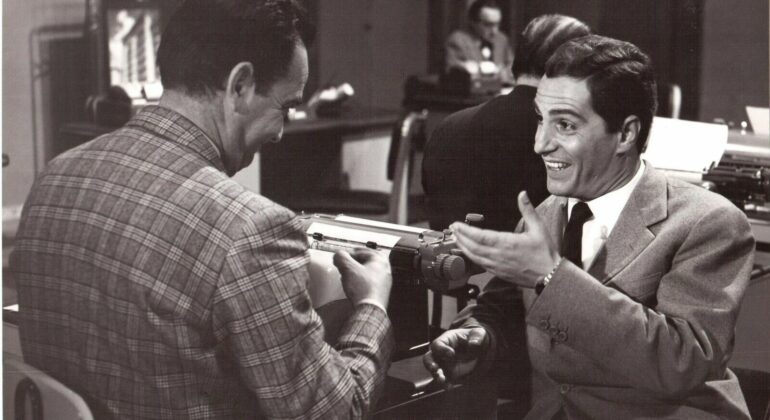
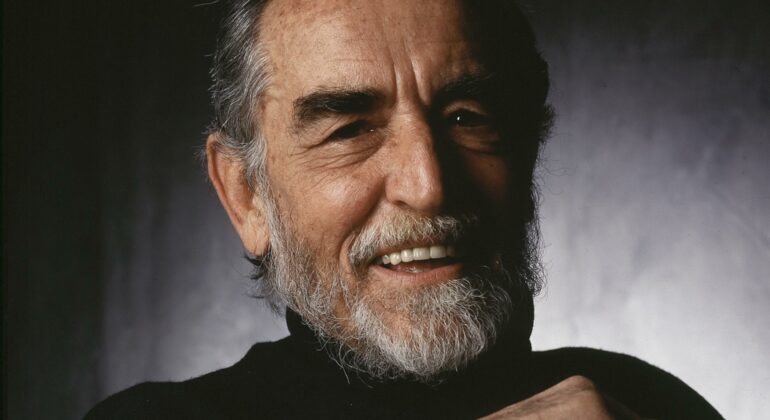
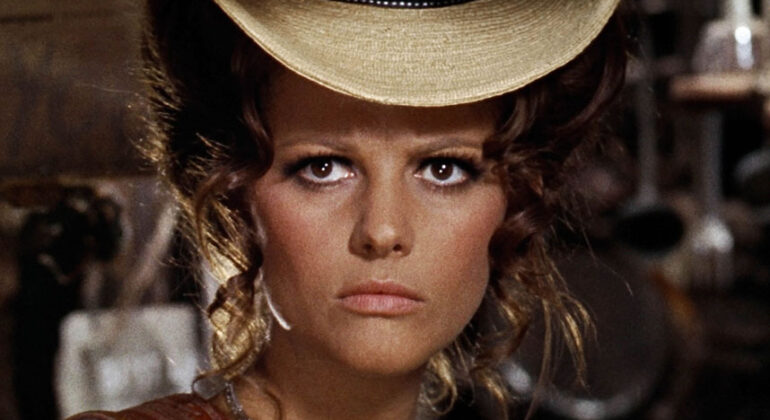
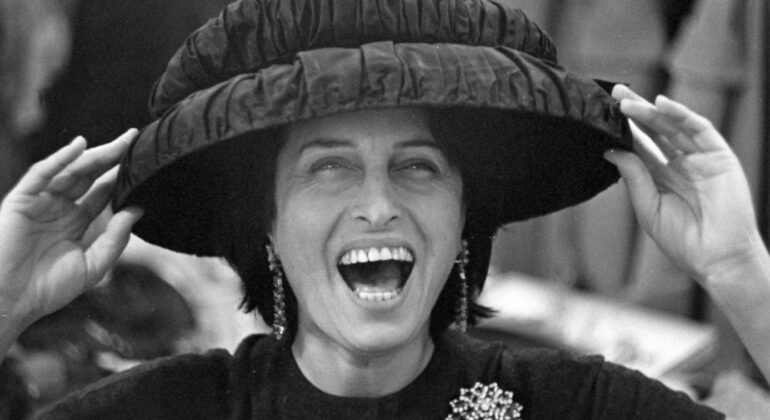

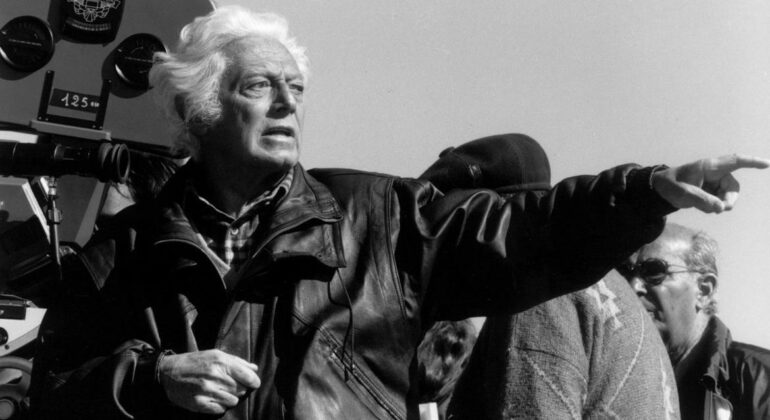

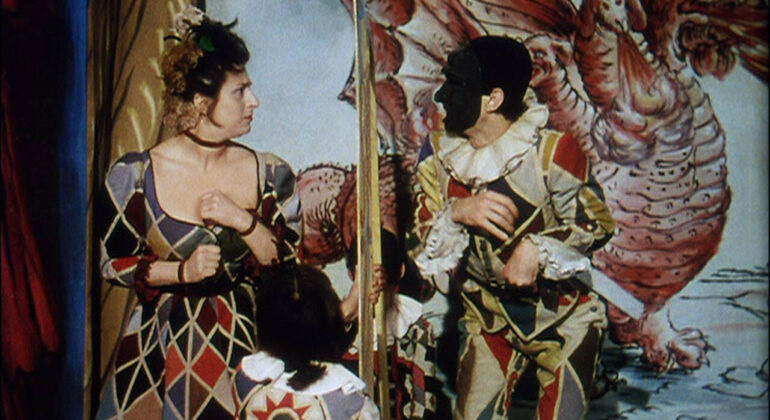

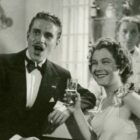
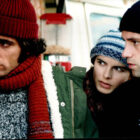


Recent Comments